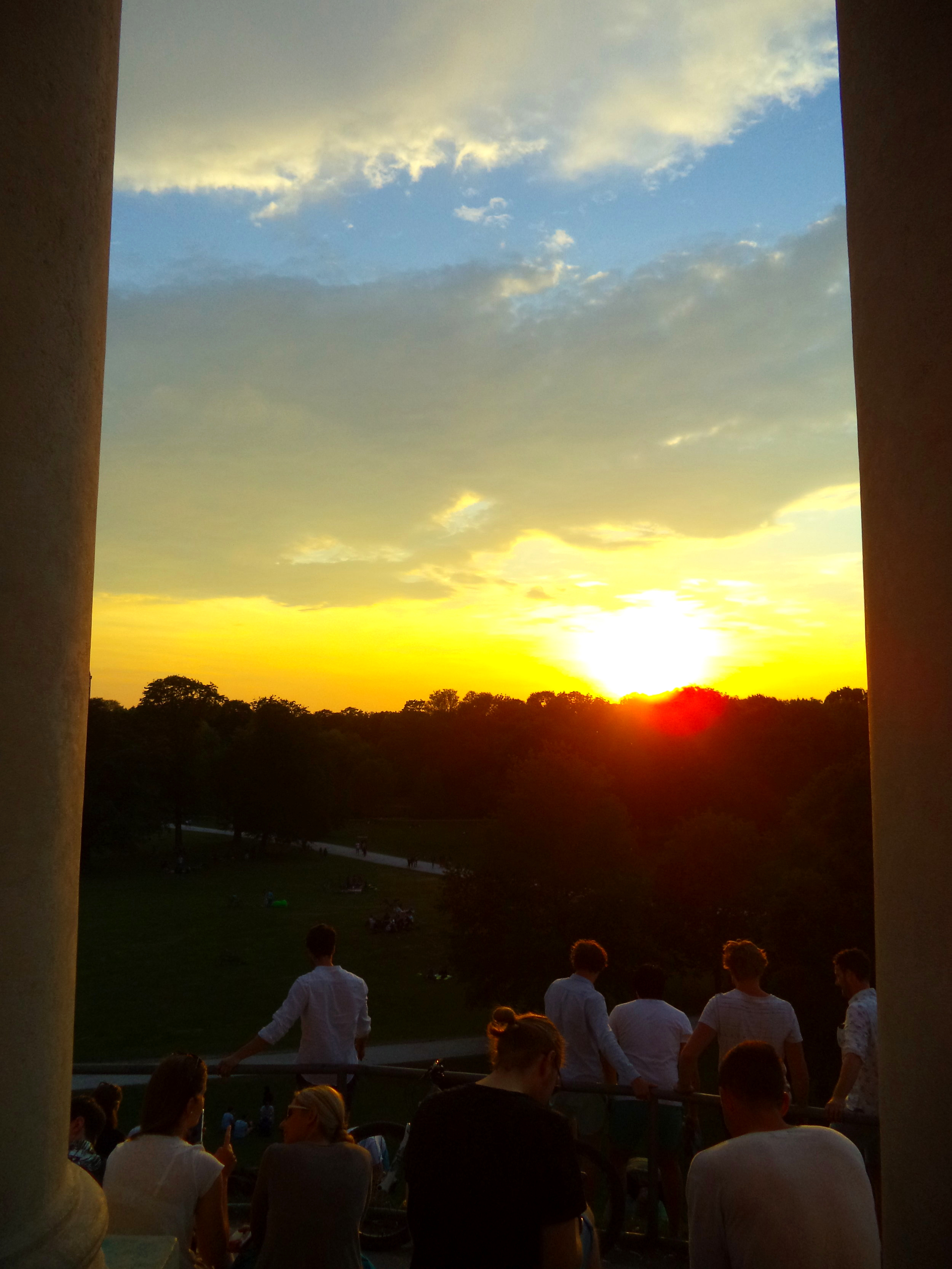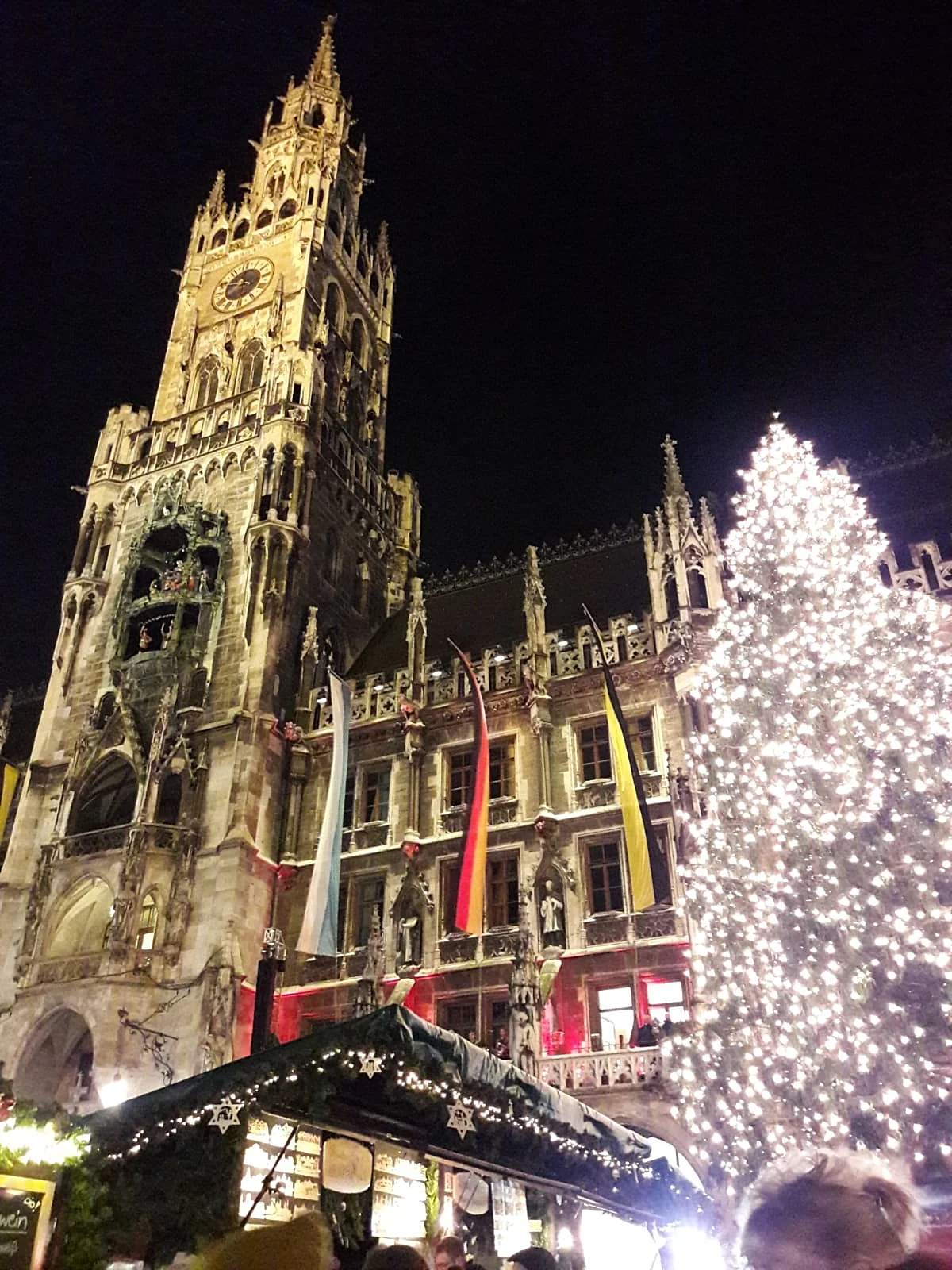Oktoberfest
/‘Tis the season.
Whilst I am sure that this December Munich will display many fine examples of that famed institution, the German Christmas Market, the city has the market cornered on Oktoberfest. It was, after all, the Munich wedding of Bavarian King Ludwig I and Princess Therese back in 1810 that kick started the now world-famous, annual event. Yes, there may be Oktoberfest celebrations from Brazil to Canada but Munich has the original bragging rights.
For the past week the trains have been even more punctual than usual (if that were actually possible) and Munich has been heaving with extra traffic. Having arrived here in the summer months I was used to joining the throngs at selfie-central Marienplatz but Oktoberfest puts those numbers to shame. With the city swelling with over six million visitors during these two weeks every tourist attraction is jam-packed and none more so than the heart of the festivities itself: Theresienwiese.
Most other times of the year Theresienwiesen remains undeveloped and a visit will reveal nothing more than an expanse of barren land, incongruous with the stacked streets of the surrounding city. Come Oktoberfest, however, this flat of land spawns numerous wooden structures, which have the rather underwhelming name of “Zelten” (tents). Instead of the conventional image of a tent e.g. that hateful two-man contraption lugged around on D of E expeditions, picture instead a Monopoly hotel that has undergone a Honey-I-blew-up-the-kids metamorphosis. For reference, some of the larger tents have multiple levels and can hold upwards of 6000 people. After super-super-sizing, the tent’s ceiling is then decorated with billowing drapes under which a brass band is plumped to provide a medley of oom pa pa songs. Tent seems to have a different meaning in German and a very different measurement.
Amongst these gigantic buildings the fair then infiltrates. Everyone knows the phenomenon of the traveling circus, whereby every once in a while a vacant lot outside town is suddenly filled with the neon glow of amusement rides. For two days the evening commute has a brash highlight when driving past the carnival and then just like that, it is gone, off to another town and another empty field. Oktoberfest is similar but again, on an altogether different scale. Rides that rival those of the most established amusement parks suddenly appear between the giant beer tents, electric colossi whose pinnacles disappear from view due to the elevation. In blaring lights they scream “High Energy” and “Predator” whilst frenzied German pop music blares at the bases of their towers. They adhere to the unspoken rules of Oktoberfest: be big, loud and a bit wobbly.
Add to this scene a few hundred fairground stalls boasting the usual selection of oversized cuddly toys, dubious competitions and Bavarian-themed fast food and then finally this enormous installation is ready for the first few million visitors, of which I was one.
I had prepared for Oktoberfest as best I could, which meant braiding my hair and buying the traditional Bavarian dress for women, the dirndl. Despite the hefty price tag I knew that I had to have a dirndl as the preceding weeks had seen the stores of Munich filled with gorgeous examples of the pinafore dresses. Even more inspiring than the static mannequin displays was seeing it actually worn. I could not help but stare at every dirndl-clad woman that stepped on the subway, admiring the flared skirts and beautiful fabrics. I marvelled at sheer prettiness of the outfit. After years of suppression childhood desires for “über-girly” dresses resurfaced and now I wanted petticoats and puffed sleeves and most of all, to twirl.
Completing this Bavarian vision were the men in their lederhosen. Leather shorts and knee-high socks are not usually high on the list of attractive clothing combinations but given the context they are the definition of smart. Anything other than dirndl and lederhosen in the beer halls looks out of place and like a poor effort. Wearing the traditional dress gave me a sense of belonging that I doubt I would have had otherwise and it was with some relish that I sat down at the wooden bench, the skirts of my dirndl brushing against the lederhosen of an established Münchner and ordered my beer in fledgling German.
I was unable to finish my litre of beer (like the tents, the beer also only comes in immense measures), but plenty of others managed to, which is where Oktoberfest begins to fall apart. Despite the many efforts of the police and festival staff, an event that has its focus on alcohol consumption has the potential for abuse. Of the six million visitors, a significant number come to indulge in the fortified beer and get more than a little smashed as a result. This leads to the usual uninhibited behaviour of the drunk but on a gargantuan scale. It being my first Oktoberfest, I made the mistake of walking down the main aisle of the Paulaner tent at 6 p.m. on a weekday. Given that the tents open at 10 a.m. each morning that meant some people were eight hours ahead in their alcohol consumption (and believe me, some people do drink for that whole time). I bumped through the burping, braying crush of people and counted myself lucky that it was only beer that I had spilled on me, a few hours later I have no doubt it would have been vomit.
Within the first week a violent death has already occurred and the streets nearest Theresienwiesen are filled with the rubbish of festival-goers. As with the tents, rides and beer, the impact of Oktoberfest is enormous. Despite that, however, it still is an orgy of fairground fun and the child in me revels in the bright lights and spectacle. With the laundry cycle nearly done, I’m hoping the beer stains have washed out of my dirndl because tomorrow I’ll be back at Oktoberfest.




































